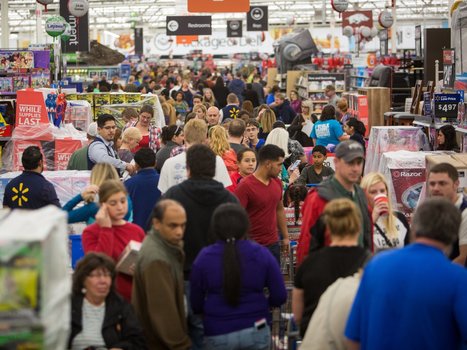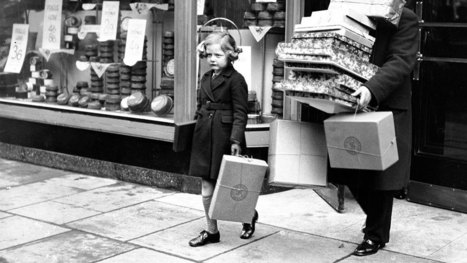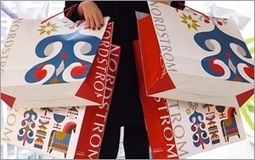The migration of consumers from stores to online shopping over the crucial Thanksgiving-Black Friday weekend continued dramatically this year, adding to the pressure on brick-and-mortar retailers as they seek to compete with Amazon.com.
A survey released by the National Retail Federation on Sunday estimated that 108.5 million Americans shopped online over the long weekend that kicks off the holiday shopping season in earnest, well above the 99.1 million who hit stores.
Last year, the numbers were about even for both avenues of shopping.It’s not a surprising finding given that Target tgt and Kohl’s mss , among others, reported record online sales on Thanksgiving.
Adobe said online shopping not only eclipsed the $5 billion mark for Thanksgiving and Black Friday, but told Fortune that U.S. online sales from Thursday to Saturday rose 17.3% to $7.23 billion. Many retailers, including Walmart, began their Black Friday deals online right after midnight on Thanksgiving morning....



 Your new post is loading...
Your new post is loading...













Online ruled! Some 108.5 million Americans shopped online over the long Black Friday weekend, far more than the 99 million who went to stores